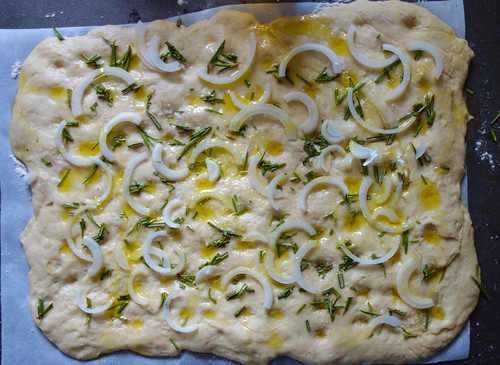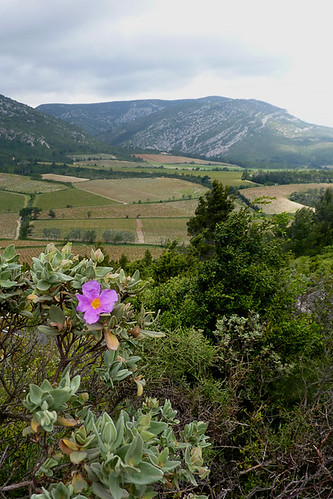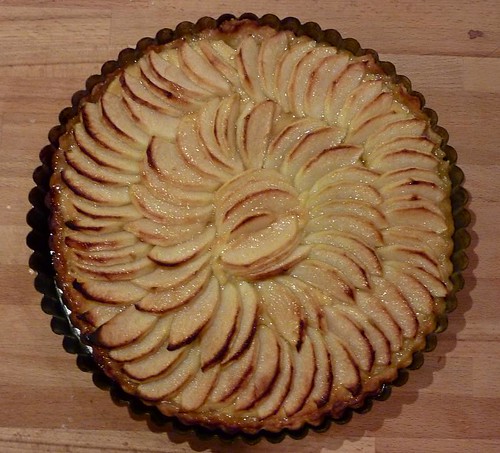
I was given Provence, 1970 for Christmas and have just been reading it. In it, a group of well-off Americans, all interested in food, gather in Provence in autumn 1970, cook, dine, and have endless conversations about food and wine. They just happen to include Julia Child and her husband Paul, M.F.K. Fisher, James Beard, and Richard Olney. I enjoyed it in a cosy sort of way, eavesdropping on their gossip and occasional snobbery. The author, Luke Barr, is MFK’s great-nephew, and he used letters and especially his great-aunt’s notebooks and diaries, to reconstruct whole evenings of conversation in a convincing way. I have to say that I wasn’t surprised to find that Olney, while probably the best cook of the lot of them, could be a somewhat unpleasant character — his Simple French Food is written in such a way that I never felt I’d be comfortable in the kitchen with him, just as I wouldn’t be with Elizabeth David. Whereas Jane Grigson, MFK, or Julia Child would surely be good company. It was a bit disappointing to find that Sybille Bedford (partner of an old friend of MFK’s) could be rather obnoxious as well though.
Serendipitously, we were looking for a recipe for stuffed cabbage and found one in Olney’s book. Oh, good, a chance to revive my neglected cookbooks theme! I’ve had this book for many years and even blogged a recipe from it once, but I don’t get it out often. There’s no denying the quality of the recipes; it’s the turgid prose that puts me off. The first sentence sets the tone: it’s 124 words long. He’s the kind of person who refers to himself as “one”, and his paragraphs are unnecessarily long and rambling.
Still, the proof of the pudding and all that. Alice Waters quotes him as her main inspiration for Chez Panisse, and by and large I’ve been happy with the results of the recipes I’ve tried. He has taken traditional French bourgeois cooking and turned it into an art form. I have to say that while stuffed cabbage may sound dull, if not positively offputting, it was spectacularly good. So if you’re a fan of traditional French cooking and you can get past the convolutions of his prose style, it’s worth having on your shelf. But if you’re not an experienced cook, I still believe no-one surpasses Mireille Johnston for authenticity and accessibility. Mireille’s is the book that’s splattered with food stains in our house. Such a shame it’s out of print; on the other hand it does mean you can obtain cheap second-hand copies.
Anyway, here’s the stuffed cabbage. We made this with pork mince from organic, free-range pigs browsing under oaks in the Aragonese Pyrenees, which probably had a lot to do with the excellent flavour. We didn’t have much stock, so we just made it up with water and flavoured it with a whole peeled onion and a couple of carrots. You need a piece of muslin or a string bag to wrap the cabbage in, and some string.
Read More




